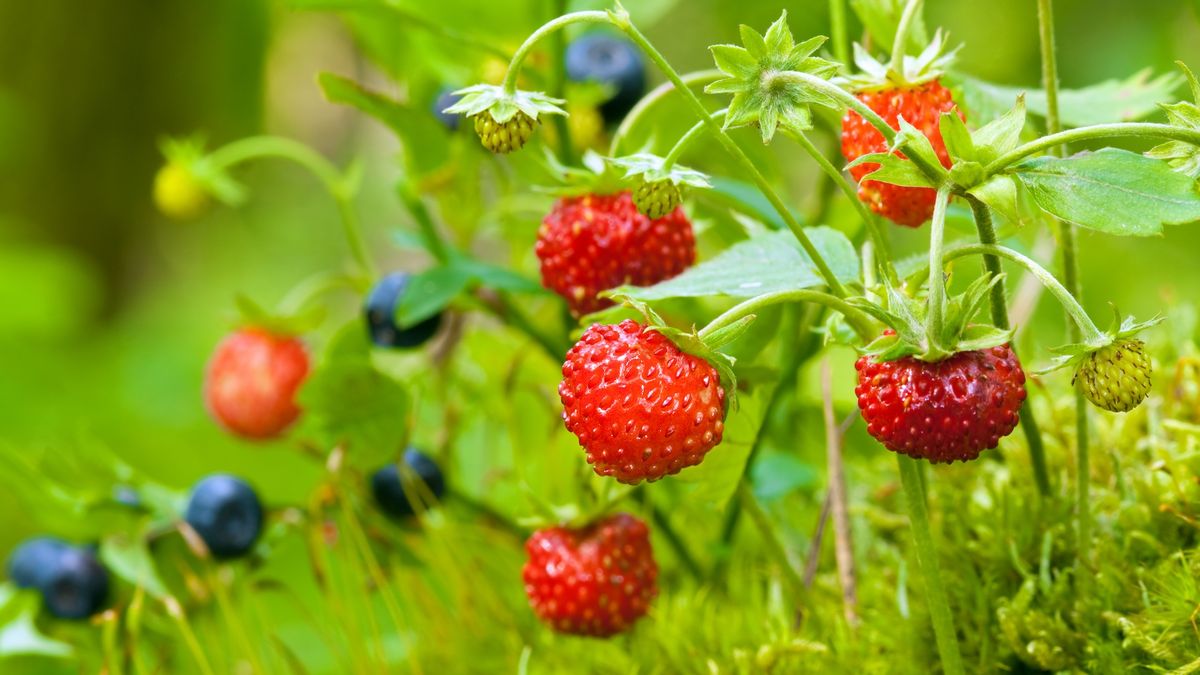Martin Nowak
Active member
Correction to Published False Snake Statement
On July 29, 2024, LiveScience published a story entitled: “Why do strawberries have seeds on the outside?”.

 www.livescience.com
www.livescience.com
LiveScience has about 6 million readers per month, and about 108,000 YouTube subscribers.

 www.youtube.com
www.youtube.com
Live Science editor, Laura Geggel, interviewed Aaron Liston, PhD - professor and herbarium director in the Department of Botany and Plant Pathology at Oregon State University.
Relevant to FC readers – Professor Liston originally stated: “In other words, the genes that make a fruit become fleshy and sugary shift from the fruit to the receptacle, which makes strawberries an attractive snack for animals including birds, reptiles like turtles and snakes and almost all mammals, he said.”
I took exception to the notion that 'snakes eat strawberries' and emailed both Ms. Geggel and Professor Liston.
To his credit, Professor Liston emailed me back and stated:
Hi Martin,
I was in southwestern China in 2013 to collect wild strawberry samples. At one location, a villager said that they called the strawberries snake berry. That is why I included snakes in my statement. Clearly it was a mistake. Thanks for the correction.
Aaron
Aaron Liston
Department of Botany & Plant Pathology
Oregon State University
Ms. Geggle also emailed me back and stated:
Hi Martin,
I was able to confirm this with Dr. Liston. The story is now corrected with an editor's note.
Thanks for your help!
Laura
The correction is noted online in the article and with the following:
“Editor's note: This article was updated at 10:41 a.m. EDT on Aug. 1 to remove snakes from the list of animals that eat strawberries. Lizards, which have been observed eating strawberries, were added to the list.”
It is commendable that both the author / editor and the professor so quickly responded, and the correction was made immediately. Frankly this is rare in publishing and academia. Kudos to Geggel, Liston, and Live Science. Thanks to all.
Nevertheless, one has to wonder how a statement that ‘snakes eat strawberries’ passes editorial review in the first place. Second, it appears that Professor Liston’s impression since 2013 has been that snakes eat strawberries. He is well published academic author and well regarded in his knowledge. Hopefully the notion that ‘snakes eat strawberries’ has not appeared in any of his publications. One has to also consider that the vast majority of people having read such an article, would not go back to read it again - with the correction noted. They would simply retain in mind that 'snakes eat strawberries'.
In any event, a very positive outcome to communication exchanges correcting a statement about snakes.
On July 29, 2024, LiveScience published a story entitled: “Why do strawberries have seeds on the outside?”.

Why do strawberries have seeds on the outside?
While it may initially appear that strawberries are fruits covered in seeds, this is not actually the case.
LiveScience has about 6 million readers per month, and about 108,000 YouTube subscribers.
LiveScience
LiveScience is where the curious come to find answers. We illuminate our fascinating world, and make your everyday more interesting. We share the latest discoveries in science, explore new innovations in tech, and dissect the weird, wacky and phenomenal occurrences that impact our society and...
Live Science editor, Laura Geggel, interviewed Aaron Liston, PhD - professor and herbarium director in the Department of Botany and Plant Pathology at Oregon State University.
Relevant to FC readers – Professor Liston originally stated: “In other words, the genes that make a fruit become fleshy and sugary shift from the fruit to the receptacle, which makes strawberries an attractive snack for animals including birds, reptiles like turtles and snakes and almost all mammals, he said.”
I took exception to the notion that 'snakes eat strawberries' and emailed both Ms. Geggel and Professor Liston.
To his credit, Professor Liston emailed me back and stated:
Hi Martin,
I was in southwestern China in 2013 to collect wild strawberry samples. At one location, a villager said that they called the strawberries snake berry. That is why I included snakes in my statement. Clearly it was a mistake. Thanks for the correction.
Aaron
Aaron Liston
Department of Botany & Plant Pathology
Oregon State University
Ms. Geggle also emailed me back and stated:
Hi Martin,
I was able to confirm this with Dr. Liston. The story is now corrected with an editor's note.
Thanks for your help!
Laura
The correction is noted online in the article and with the following:
“Editor's note: This article was updated at 10:41 a.m. EDT on Aug. 1 to remove snakes from the list of animals that eat strawberries. Lizards, which have been observed eating strawberries, were added to the list.”
It is commendable that both the author / editor and the professor so quickly responded, and the correction was made immediately. Frankly this is rare in publishing and academia. Kudos to Geggel, Liston, and Live Science. Thanks to all.
Nevertheless, one has to wonder how a statement that ‘snakes eat strawberries’ passes editorial review in the first place. Second, it appears that Professor Liston’s impression since 2013 has been that snakes eat strawberries. He is well published academic author and well regarded in his knowledge. Hopefully the notion that ‘snakes eat strawberries’ has not appeared in any of his publications. One has to also consider that the vast majority of people having read such an article, would not go back to read it again - with the correction noted. They would simply retain in mind that 'snakes eat strawberries'.
In any event, a very positive outcome to communication exchanges correcting a statement about snakes.



